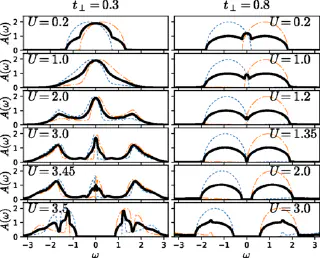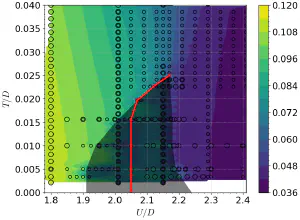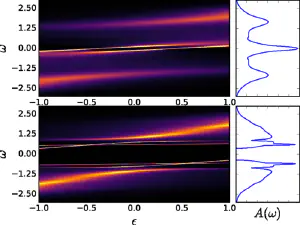Resolving the VO\(_2\) controversy: Mott mechanism dominates the insulator-to-metal transition
We consider a minimal model to investigate the metal-insulator transition in VO\(_2\). We adopt a Hubbard model with two orbitals per unit cell, which captures the competition between Mott and singlet-dimer localization. We solve the model within dynamical mean-field theory, characterizing in detail the metal-insulator transition and finding new features in the electronic states. We compare our results with available experimental data, obtaining good agreement in the relevant model parameter range. Crucially, we can account for puzzling optical conductivity data obtained within the hysteresis region, which we associate with a metallic state characterized by a split heavy quasiparticle band. Our results show that the thermal-driven insulator-to-metal transition in VO\(_2\) is compatible with a Mott electronic mechanism, providing fresh insight to a long-standing “chicken-and-egg” debate and calling for further research of “Mottronics” applications of this system.
By —
Dr. Óscar Nájera
M. Civelli
V. Dobrosavljević
M. J. Rozenberg



